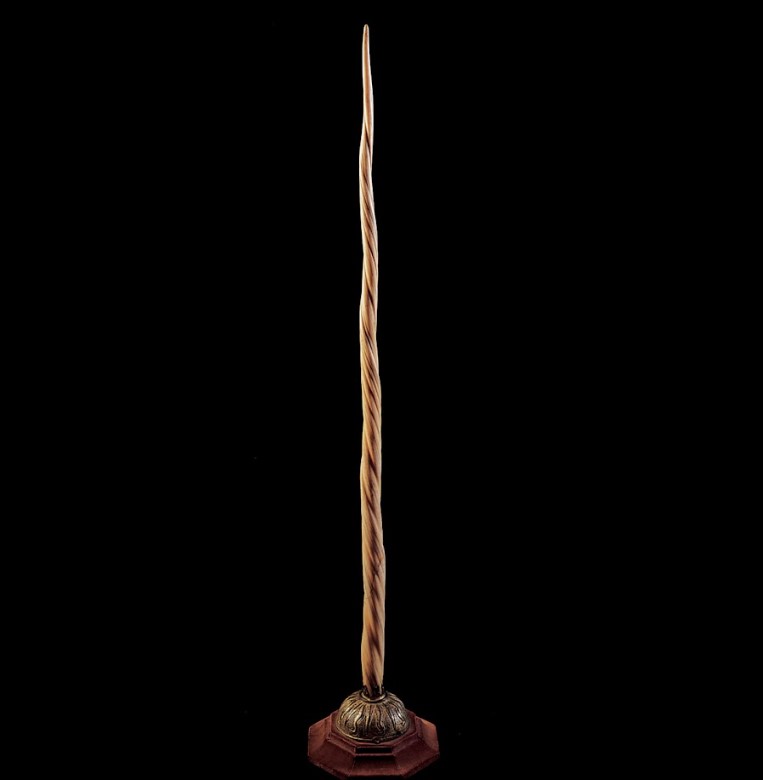
Narwhal Tusk on a Pyx
Unknown manufacture
16th century, Narwhal tusk, gilded metal
The tusk of the narwhal, mounted here on an antique pyx from the 15th century, was one of the most sought-after objects in the Wunderkammer. The male of the great Arctic Sea cetacean, whose name in Norwegian means 'corpse whale' (narhval), has a tusk that protrudes from its upper lip and can grow to up to seven metres in length. Narwhal tusks were brought to Europe by peoples from the North and from Siberia. They were soon in demand throughout Europe during the Middle Ages and fuelled the legend of the unicorn, for whose horn they were mistaken (there is still one in the Contrada del Leocorno museum in Siena). The tusks were traded as valuable ivory or as a drug with aphrodisiac powers by cunning merchants who made large fortunes from them. It was not until the mid-17th century, the century of reason and enlightenment, that the seductiveness of certain objects inexorably faded, and unicorn horns reverted to being normal narwhal tusks.


